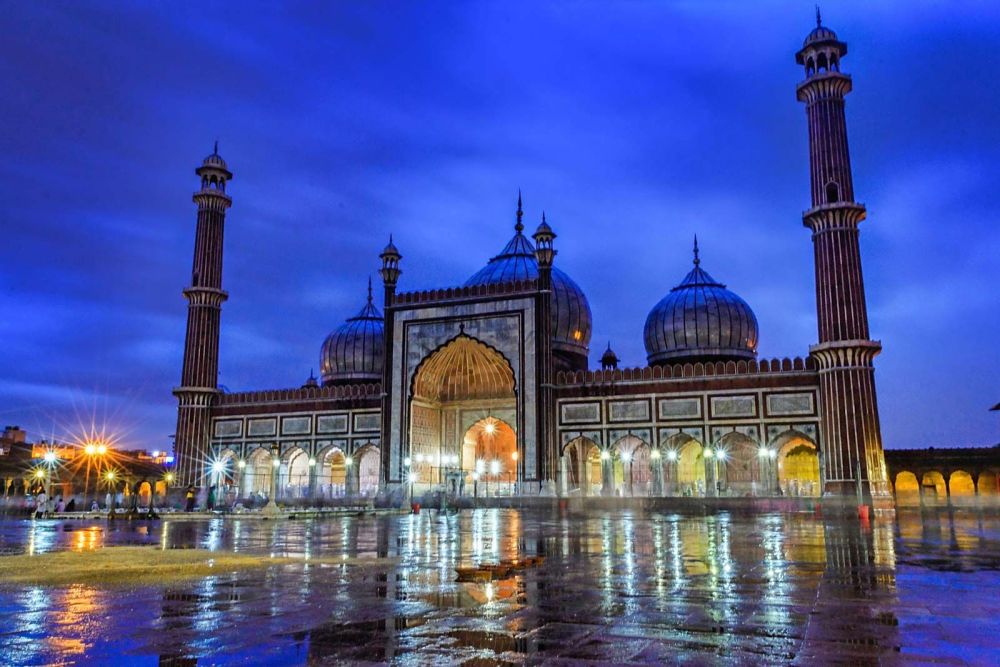

The Jama Masjid in Mathura is a significant historical monument that stands as a testament to the city's rich cultural and religious heritage. Mathura, located in Uttar Pradesh, India, is predominantly known for its association with Hinduism as the birthplace of Lord Krishna. However, its historical tapestry is interwoven with threads from various cultural and religious traditions.
Built in 1661 A.D. by Abd-un-Nabi Khan, the governor of Aurangzeb, the Mughal emperor, Jama Masjid serves as an enduring example of Mughal architecture. It features elements such as the intricate calligraphy, beautifully carved mihrabs, and the use of red sandstone and white marble, which were hallmarks of Islamic architecture during that era.
The influx of tourists to Mathura historically revolved around Hindu pilgrimages, with the city's temples drawing the majority of visitors. Over time, as the diversity of India's cultural landscapes gained recognition, sites like Jama Masjid became an important part of the pilgrimage tours for those interested in the architectural and historical aspects of the region. The demographics of tourists began to shift with not only pilgrims visiting but also history enthusiasts, architecture aficionados, and international tourists exploring the multicultural facets of Mathura.
The government and local agencies have also recognized the potential of such sites to contribute to the region's tourism and have taken steps to preserve and promote the Jama Masjid alongside Hindu temples.
In recent years, there has been a conscious effort to market Mathura as a multi-dimensional destination rather than focusing solely on its religious importance. The Jama Masjid, with its architectural beauty and historical significance, has been an integral part of these efforts. Tourists are now not only visiting during specific religious events but throughout the year seeking a holistic experience that encompasses the area's vast cultural and historical wealth.
Additionally, sustainable tourism practices are being emphasized, with initiatives aiming to minimize the impact on the city's infrastructure while preserving its monuments. This includes raising awareness about the cultural significance of sites like Jama Masjid and ensuring visitor management systems are in place to protect the integrity of such edifices.
Jama Masjid in Mathura stands as a monument of historical importance and architectural grandeur. It reflects the complex layers of India's past and continues to be a site that attracts a diverse array of tourists. As part of Mathura's tourism tapestry, the mosque tells stories of bygone eras, and its position in the tourism sector is a testament to India's pluralistic narrative. Embracing both conservation and visitor engagement, the future of tourism at Jama Masjid looks to align with the ethos of cultural respect and inclusivity.